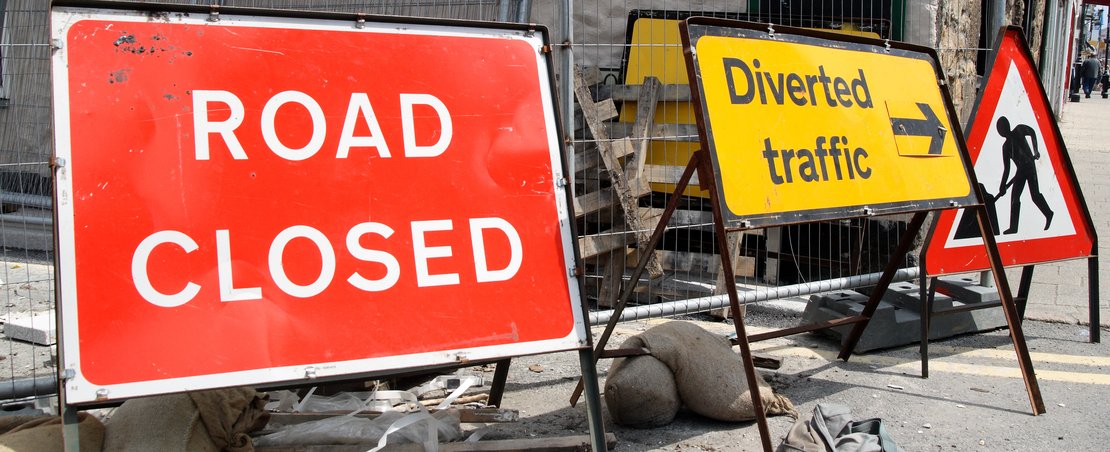
Pairing physical roads, bridges and buildings with a ‘digital twin’ – software or systems that represent them – could be the key to more efficient decision-making, design and maintenance and increased safety
We are using data increasingly to help us plan, build and operate our physical infrastructure – such as transport systems or housing. Traffic data helps to manage our road networks, and sensors in buildings help to create more sustainable, healthier living and working environments. But this data needs to be used in ways that people trust and that do not cause harm.
There’s still a long way to go to improve how data about the built environment is accessed, used and shared to make spending more efficient, improve the performance of our existing infrastructure, and increase safety, while protecting privacy, commercial confidentiality and national security.
One solution to this could be to create something called a ‘digital twin’. A digital twin is a digital ‘model’ of part of our built environment. This could be a model that understands how traffic flows down motorways, or how a bridge responds to loading and usages. These digital models are driven by data, often supplied in real-time.
Using these digital twins means we can better support the design, operation and maintenance of many aspects of our world, making it safer and more efficient.
The vision is for these digital twins is that they can be combined together to create a ‘national twin’, which can help manage the built environment across a whole country.
Creating a national digital twin
Delivering on the vision for a national digital twin will need a wider variety of organisations across the public and private sector to work together to increase access to data while retaining trust. We will need to work together to understand how these principles can be applied, creating tools, guidance and training that will help to embed them across the sector.
The UK National Infrastructure Commission (NIC) has recognised that data is infrastructure and the increasingly strong connections between our data and physical infrastructures. In their Data for the Public Good report, the NIC recommended the foundation of a Digital Framework Task Group (DFTG) to develop a digital framework that will help to unlock the value of infrastructure data and support a national digital twin to be created.
The DFTG was launched in July 2018, and the ODI – along with a number of other key stakeholders – has been helping to create a set of definitions and principles that will set the direction for building a stronger data infrastructure for the built environment.
Key to digital twinning is openness: open data, open culture, open standards and collaborative models that build trust, reduce cost and create more value. The group set out these principles – known as ‘The Gemini Principles’ – in a recent paper.
These principles also highlight the need for data infrastructure to be secure and trustworthy, and to deliver insight and maximise value for the communities it serves.
These echo our own principles for strengthening data infrastructure at the ODI, although they do talk about the need for clear ownership. We prefer to talk about the need for stewardship and rights over data, as we think they are most likely to create an open, trustworthy data ecosystem, but agree with the need for curation, governance and regulation to help deliver on the value of data.
Data infrastructure is as important as physical infrastructure
Infrastructure is the foundation on which our societies and economies function. Data has become a new form of infrastructure, underpinning better decision making across governments, organisations and communities. We need to strengthen and maintain our data infrastructure, just like we do our roads, railways and health systems.
We looking forward to continuing to work as part of the DFTG to deliver on this vision and help build a world where people, communities, organisations and governments use data to make decisions that improve people's lives.
Get involved
Would you like to collaborate with us on this research and development project? Or do you have an idea for how we could work together to develop this or a similar new project? Let us know by filling in the form below. We’d love to hear from you.